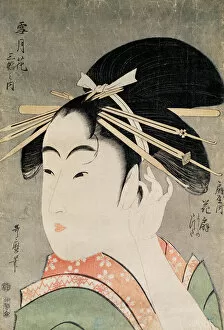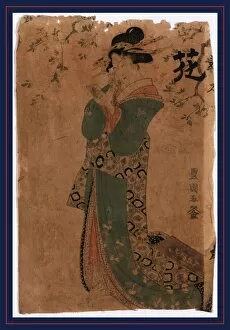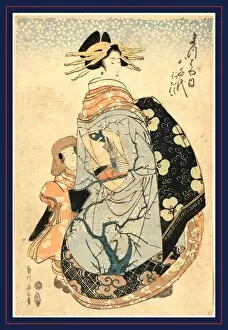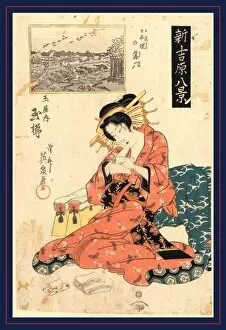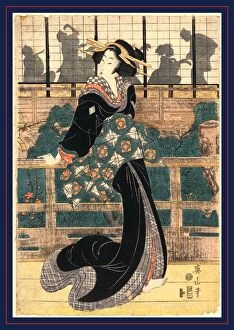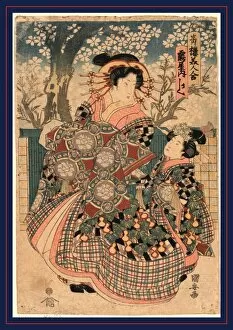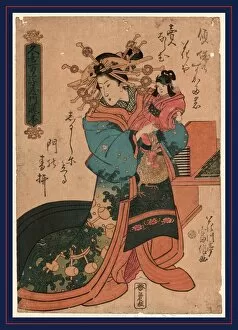Hairpins Collection (#2)
"Hairpins: A Cultural Journey from Central Africa to Europe and Beyond" In the heart of Central Africa
For sale as Licensed Images
Choose your image, Select your licence and Download the media
"Hairpins: A Cultural Journey from Central Africa to Europe and Beyond" In the heart of Central Africa, Queen Nenzima of the Belgian Congo adorned her majestic locks with exquisite hairpins. These delicate accessories were not just mere adornments but symbols of power and beauty. Across the continent, Roman women in ancient times used hairpins to create intricate hairstyles that complemented their veils, bonnets, and elaborate headpieces. These tiny tools played a significant role in shaping their identity and expressing their femininity. Venturing into the picturesque landscapes of Selva di Cadore in Belluno, Veneto, Italy, we witness a mother scolding her son while his mischievous hands playfully tangle with her hairpin-adorned locks. Even in this mundane moment, these small objects connect generations through shared experiences. Traveling further east to Japan's Ryogoku River, we encounter "Returning Sails, " an artistic masterpiece capturing the essence of Japanese culture. Amidst this scene unfolds a woman gracefully adjusting her hairpin as she awaits her loved one's return. The pain embedded within this image reminds us that beauty often comes at a price. Delving deeper into Edo-period Japan's pleasure quarters reveals an enchanting world where courtesans like Takigawa and Kisegawa captivated hearts with their elegance. Their meticulously styled hair held together by ornate hairpins became synonymous with allure and sophistication. Hosoda Eishi's masterful creations transport us back to those opulent days when geishas read letters or indulged in moments of introspection while wearing intricately designed hairpins. Each stroke on canvas immortalizes these beauties who graced the pleasure quarters with grace and charm. Finally, Osumi emerges as a Tayu from Osaka's Shinmachi Quarter—a symbol of resilience amidst societal constraints. Her captivating presence showcases how even marginalized individuals found solace through artistry expressed in their hairpins.

